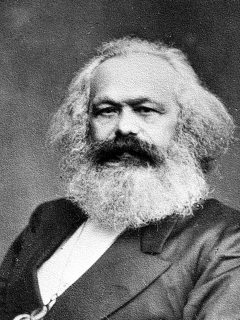

Two vignettes in the history of the mensuration of value
pp. 69-86
in: Carol C. Gould, Robert S. Cohen (eds), Artifacts, representations and social practice, Berlin, Springer, 1994Abstract
I wish in this article to consider certain medieval examples which bear on the problem of the mensuration of value; that is, the attempt to give some sort of quantitative character to things judged good or bad. I am referring to processes of rationalization which start from a judgment that an item is good, then proceed to consider whether it is better or worse than other things, then finish with some inference about how much good the item contains. This thrust towards mathematicization is often described as characteristically "modern"; it is allegedly spawned by 17th century physical science, then applied or misapplied by 18th century social science, from whence, for good or ill, it comes down to us. But the drive to mathematize is found in earlier phases of Western culture in unfamiliar and surprising contexts. My examples are the development of the theory of indulgences in certain medieval texts and the representation of Prudence in late medieval art. The examples, which indicate how social conditions can influence theology and visual representation, should interest someone who is a Marxist and an aesthetician, if not a Marxist aesthetician.



